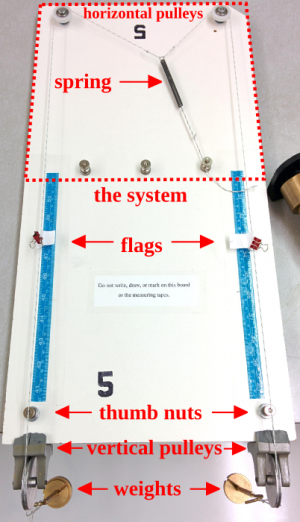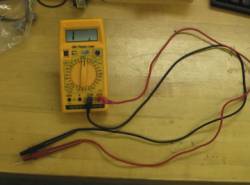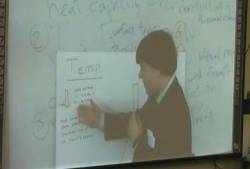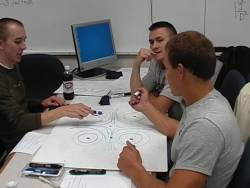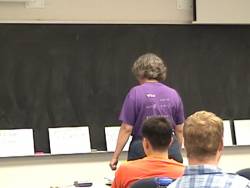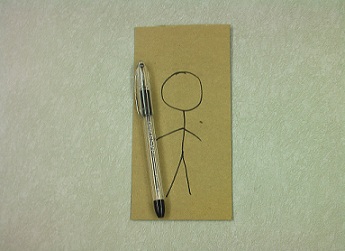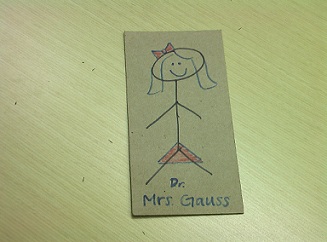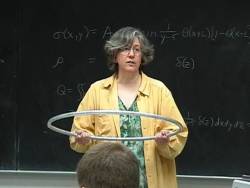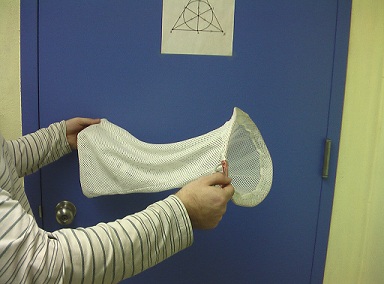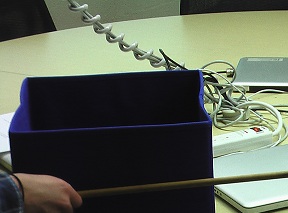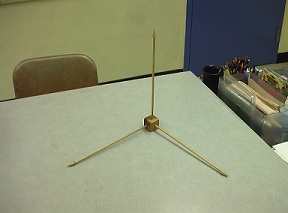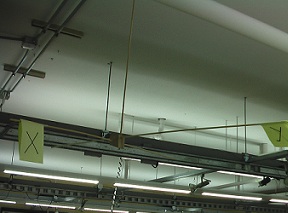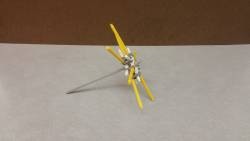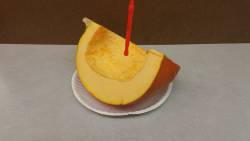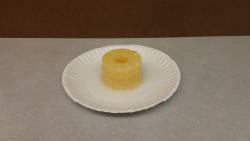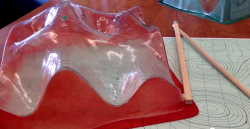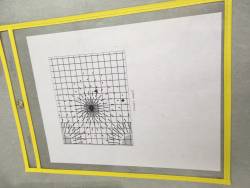Props and Equipment for Paradigms Activities
Figures
You can find gif versions of many of the figures we use in our activities here.
Maple
Mathematica
Spins OSP Software
The Spins software, an elegant and simple simulation of the Stern-Gerlach experiment, is used extensively in the Spins and Quantum Measurement Paradigm.
The Partial Derivative Machine
The Partial Derivative Machine is used as a method of physically interpreting the concepts behind partial derivatives.
Voltmeter
Whiteboards
We use three different sizes of whiteboards for various activities:
Wall-Mounted Whiteboards
These whiteboards are large and vertically mounted on the walls (like the front blackboard). We use these for activities where student groups present their results/calculations to the rest of the class.
Wall-Mounted Smartboards
In the fall of 2011, large Smartboards replaced the wall-mounted whiteboards in one of the classrooms. These allow the teachers to more easily share the work that one group has done with other groups around the classroom, as each of the boards can display work done on any of the others. As well, they can be attached to a camera, so a student presenting their work on a smaller board can be seen easily around the classroom.
The choice between wall-mounted whiteboards and Smartboards is one that each teacher and school should make on their own. While the Smartboards work well to display work students have done around the classroom, they lack the multi-user interface that a standard whiteboard does. Students appear torn on the issue as well, with some reporting that they greatly appreciate the advancement in technology, while others wish they would just go back to whiteboards.
Tabletop Whiteboards
These whiteboards are about 2×3 feet and lie flat on the groups' table/desks. We use these for most small group activities as a workspace for students to share their ideas with other members of their group (and so that the instructor can easily monitor the group's progress!).
Individual Small Whiteboards
These whiteboards are ideally 12” by 18” and are for individual use. Students can each respond to a Socratic question and the instructor can collect these whiteboards for discussion with the whole class.
Purchasing Whiteboards
You should be able to purchase the whiteboard material at any home improvement store (e.g. Home Depot). It is technically melamine, but that word just confuses many employees; instead ask for “that shiny white shower board stuff”. It should come in 4' x 8' sheets, plywood-size, approximately $10/sheet. Make sure that it is smooth and shiny and on a thin backing. Backing should NOT be plywood (it comes this way, but is too heavy). Thickness maybe 1/4”. You can get five medium sized whiteboards (2' by 3') out of one sheet (if you are clever) and 24 small white boards. Often the home improvement store will cut them for you at a small charge per cut.
If you buy framed whiteboards, ready-made for classroom use, they will be much more expensive. For large, wall-mounted whiteboards, you can build a frame yourself. Don't forget a “chalk” tray! But, if you are going to use the wall-mounted boards for many classes over many years, it is probably worth investing in professional enamel-on-steel boards available from classroom suppliers.
Model Observer
We use a small model (about 10-15 cm) of a person to help students learn how to do proofs by contradiction when using Gauss' and Ampere's Laws. While you can purchase dolls in this size, paper or cardboard cutouts work just as well and allow the students to decorate them (which a large percentage do).
Spheres and Cylinders
- Spheres: various size balls (e.g. basketball, soccer ball, tennis ball, ping pong ball, etc.).
- Cylinders: a piece of thin cardboard or cardstock can easily be taped or stapled into a cylinder.
Rulers
Meter Stick
Hula Hoop
Butterfly Net
The butterfly net is another prop which can be used when discussing flux, particularly magnetic flux. Specifically, the butterfly net exemplifies how different surfaces might have the same closed boundary.
Cube
Similar to the butterfly net, storage cubes can be used to help students visualize flux through a cube.
Coordinate Axes
Students encounter a variety of orthogonal coordinate systems in their courses on electrodynamics. To illustrate orthogonal coordinates, the instructor can use a set of coordinate axes with which they may place different labeled unit vectors, allowing students to visualize the coordinate system they are working with.
Paddle Wheel
A paddle wheel (in this case, made out of snap-together constructive toys) can be used to demonstrate the effect of a force vector field on a physical system.
Pumpkin Quarters
A pumpkin that has been sectioned into quarters can be used as an interactive physical representation of a spherical coordinate system.
Pineapple Sections
Canned pineapple sections can be used as an interactive physical representation of a cylindrical coordinate system.
Surfaces
We use plastic surfaces of multivariable functions that are dry-erasable, transparent, and lightweight. The surfaces were created as part of the Raising Calculus to the Surface and Raising Physics to the Surface projects. Surface Kits include a surface, its corresponding laminated contour map, and a slope measurement tool.
Contour Maps & Vector Maps
We print out contour maps or vector maps and put them in dry-erasable sleeves. Often, our maps correspond to plastic surfaces.
